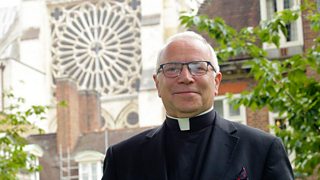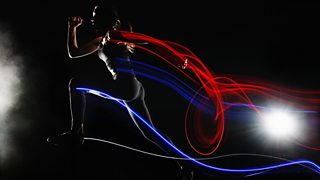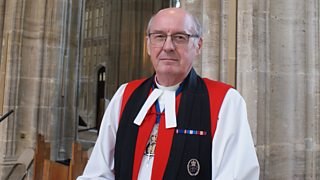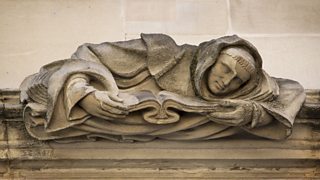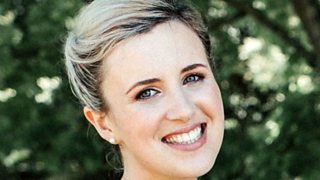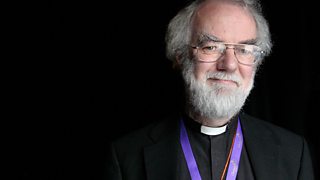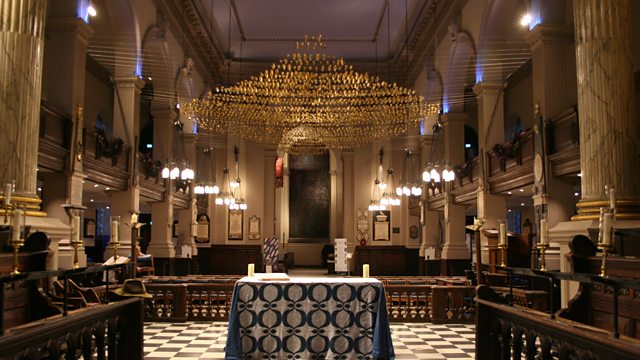
The Art of Faith
Ben Quash, Professor of Christianity & the Arts at King’s College London, leads a service reflecting on contemporary works of art in churches in the UK.
Ben Quash, Professor of Christianity & the Arts at King’s College London, leads a service reflecting on contemporary works of art in churches in the UK. He visits Guildford Baptist Church and explores the church's new Prayer Chapel Communion Table and Lectern, designed and created by Stephen Owen and winner of the 2019 Art and Christianity awards. He reflects on Tracey Emin’s For You, a pink neon sign written in the artist’s handwriting, with the words: ‘I felt you and I knew you loved me’, commissioned by Liverpool Cathedral as part of its contribution to Liverpool’s year as European Capital of Culture 2008. And he considers Jake Lever’s ‘Soul Boats’, a large scale installation commissioned to celebrate Birmingham Cathedral’s tercentenary. Producer Andrew Earis.
Music
1. Sospiri – Elgar
Academy of St Martin in the Fields
CD: Adagio – Classics for relaxation (Deutsche Grammophon)
2. Angel voices ever singing
CD: The Worship Collection Hymns (Clovercroft)
3. O nata lux – Morton Laurisden
Voces8
CD: Lux – Voces8 (Decca)
4. Blinded by your grace – Stormzy
The Kingdom Choir
CD: Stand by me – The Kingdom Choir (Sony)
5. Benedictus from ‘The Armed Man’ – Karl Jenkins
CD: Karl Jenkins – The Platinum Collection (EMI)
6. Be thou my vision
Jeff Victor & Rebecca Arons
CD: Amazing Grace hymns collection (Lifescapes)
7. Crucifixus – Lotti
Tenebrae
CD: Allegri – Miserere (Signum)
8. Sanctus – Will Todd
Tenebrae
CD: Will Todd – Lux et Veritas (Signum)
9. Come thou fount of every blessing
Jeff Victor & Rebecca Arons
CD: Amazing Grace hymns collection (Lifescapes)
10. Be still and know - Geoffrey Nobes
CD: Chants for Prayer (Kevin Mayhew)
Last on
More episodes
Broadcast
- Sun 16 Feb 2020 08:10���˿��� Radio 4

